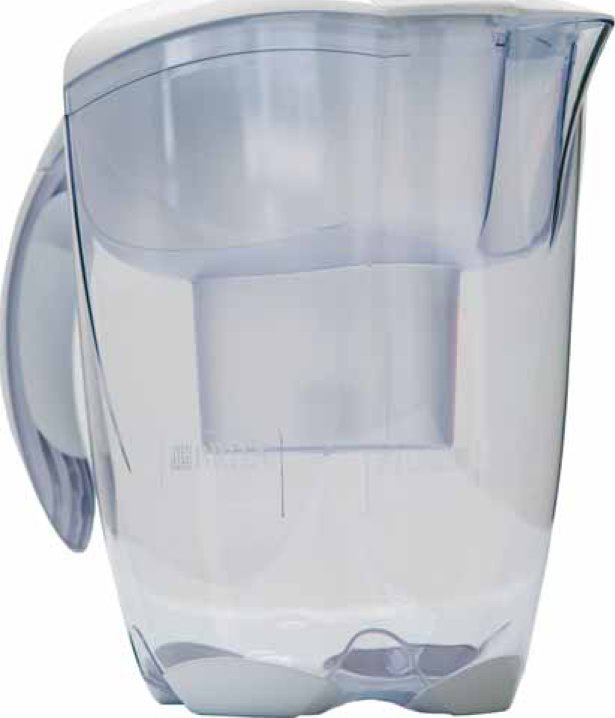SMMA (Styrene Methyl Methacrylate)
Clarity is seductive. If you’ve ever seen glass making, you’ll understand what I mean: solid, weighty clear globs blending, creasing, twisting and melting into each other in a mesmerizing way. But clarity can also be honest – everything is exposed behind a clear material. Apple used a translucent polycarbonate in the first iMacs to reveal the decorative potential of the technology behind the products, blending it with fun colours to mist some of the untidiness of the components. Look at the totally transparent dirt collector in a Dyson vacuum cleaner, which offers reassurance that your dirt is contained in the sealed container and your home is clean.
SMMA is from the styrenic family of polymers that includes polystyrene, ABS and SAN and is often seen as an alternative to the other clear plastics such as PMMA, PC, PET and SAN. An advantage of SMMA is its ease of processing and it therefore has a cost advantage over what might be its closest competitor, ultra clear acrylic. This is facilitated by the low melt processing temperature of SMMA and a lower mould temperature compared to tough materials such as PC and clear ABS.
The low density of SMMA means more parts per kilogram/pound of resin, and less post-moulding shrinkage results in less reworking of moulds. SMMA is noteworthy because it belongs in the category of transparent plastics and offers advantages in processing over the other transparent plastics.
Image: Brita water filter

Key features
•Versatile processing
•Excellent toughness
•Excellent clarity
•Colours and decorates easily
•Low density
•Good chemical resistance
•Food grade
•Recyclable
Sources
Widely available.
Sustainability issues
The faster cycle times, the lower density and the lower melt temperature of SMMA offers significant advantages in terms of embodied energy on SMMA.
Production
SMMA can be processed like other thermoplastic materials by injection moulding, extrusion and blow moulding. Energy and labour costs can be lowered and cycle times can be increased by approximately 50% in comparison to other clear plastics because of the combination of lower mould and melt temperatures. It can also be welded using several methods such as hot plate, high-frequency or ultrasonic.
Typical applications
SMMA has its biggest markets in applications that combine clarity, toughness and complex shapes that need easy flow of the plastic. On this basis, applications typically include tumblers with thin wall sections, perfume bottle caps with intricate shapes, handles for taps, water filter jugs, transparent coat hangers and a range of medical applications including surgical suction wands.
Derivatives
–Acrystex®
–Zylar®
| + | – |
|
–Excellent clarity –Good for complex shapes –Takes colour well –Good chemical resistance –Approved for food use –Recyclable |
–Comparatively expensive –Poor UV-resistance |
